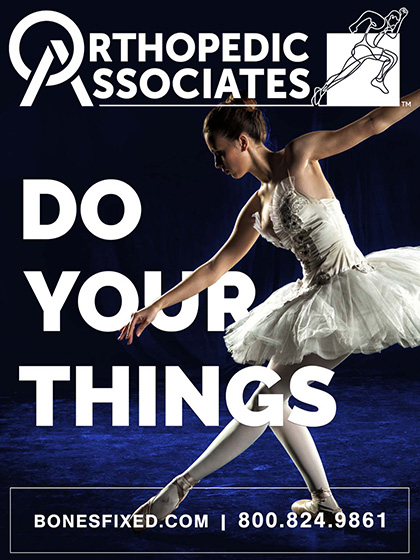Kansas City jazz in the 1930s marked the transition from big bands to the bebop influence of the 1940s. The 1979 documentary The Last of the Blue Devils portrays this era in interviews and performances by local jazz notables. In the 1970s, Kansas City attempted to resurrect the glory of the jazz era in a family-friendly atmosphere. In the 1970s, an effort to open jazz clubs in the River Quay area of City Market along the Missouri ended in a gang war. Three of the new clubs were blown up in what ultimately ended Kansas City mob influence in Las Vegas casinos. The annual "Kansas City Blues and Jazz Festival" attracts top jazz stars and large out-of-town audiences. It was rated Kansas City's "best festival" by Pitch.com.
By the 1950s, Kansas City went through a transition and tried to shed its Cow Town image. This began when Kansas City was at its height of national attention with the back-to-back Presidencies of Harry Truman and Kansas favorite-son Dwight D. Eisenhower. Events of the period saw the heyday of Roy A. Roberts' influence as editor of the Kansas City Star.
The change began in the early 1950s with the precipitous decline of the railroad due to competition from automobile and jet travel. Union Station, which had lorded over the second busiest rail intersection (next to Chicago), began a rapid decline. The Great Flood of 1951 decimated the Kansas City Stockyards in the West Bottoms. The stockyards (which were also second to Chicago in size) never came back to their full glory as stockyards moved away from urban and unionized centers. In 1955, Kansas City formally began its relationship with major league sports when the Philadelphia Athletics relocated to the city, becoming the Kansas City Athletics, playing at Municipal Stadium.
Credit: Wikipedia
